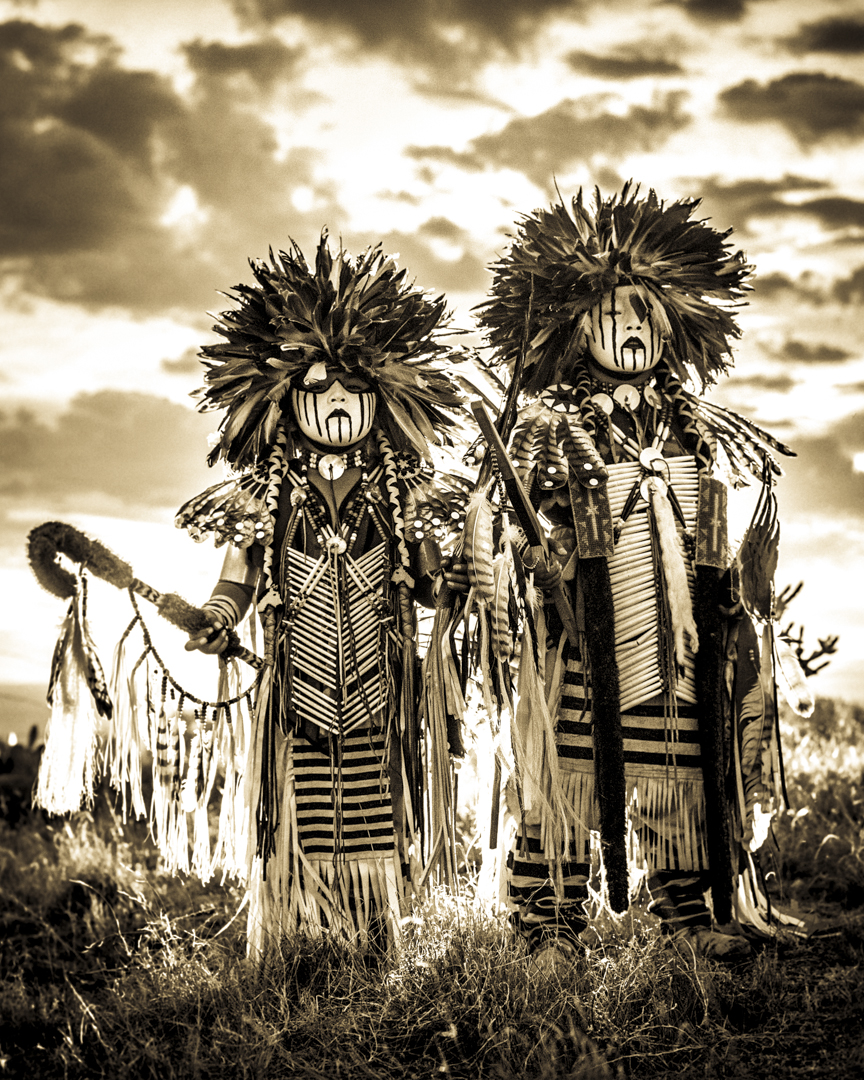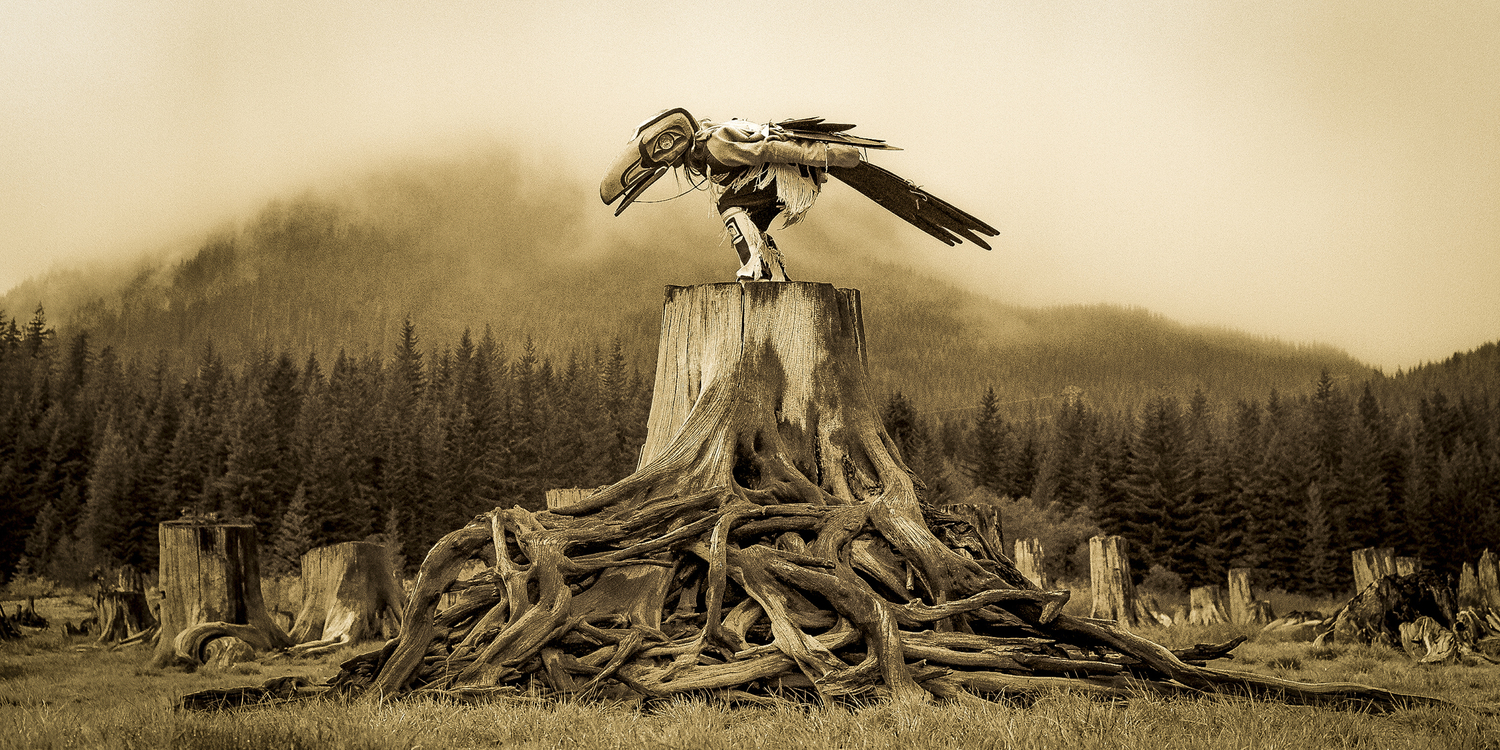
The Raven Tells His Story
Zoë Marieh Urness is an Alaskan Tlingit and Cherokee Native American whose portraits of modern Native people in traditional regalia and settings aim to send a message; “We are here. And, through our traditions, we are thriving.” Her unique style fuses documentary and fine art, with her imagery simultaneously reflecting the sensitivity and the ancestral strength of her subjects. Her most recent works include images from the spiritual movement at Standing Rock, North Dakota an experience about which she says: “As a native photographer from the Tlingit & Cherokee tribes, being able to witness history unfold in an array of events only predicated through prophesy has left me Forever Changed and reunited with my cultural roots instilled in me as a child. Power of prayer and council. Belief in the spiritual workings from ancient times is a weapon that doesn’t need violence to win. History has been made in the unity of us all, spreading healing all around. On December 5th, 2016 outside Cannon Ball, North Dakota at Oceti Sakowin Camp on the edge of Standing Rock Sioux Reservation, military veterans march in support of the water protectors.”
Educated at Brooks Institute of Photography in Santa Barbara, CA, Zoë’s current project focuses exclusively on sharing beautiful, powerful images of indigenous Americans and the lands and traditions they hold dear. She has recently visited the Havasupai at the bottom of the Grand Canyon, the Hopi at Second Mesa, the Apache Crown Dancers at Monument Valley, and the Alaskan natives at the biennial Celebration in Juneau. She has showed abroad in the United Kingdom, and made show appearances at Photo L.A., Art Basel Miami, the Heard Market in Arizona, and Native Treasures in Santa Fe. She has made two appearances on the plaza at the Santa Fe Indian Market, winning three blue ribbons, including Best in Division and Best in Category. Recently the Autry Museum recognized her recent image, Keeping Traditions Alive, as best in her division.
“I was raised to have pride in my culture and to know the importance of keeping Native American traditions alive,” says Urness. “I feel deeply connected to my native heritage, and my recent body of work is the first phase of my expression of that connection.”
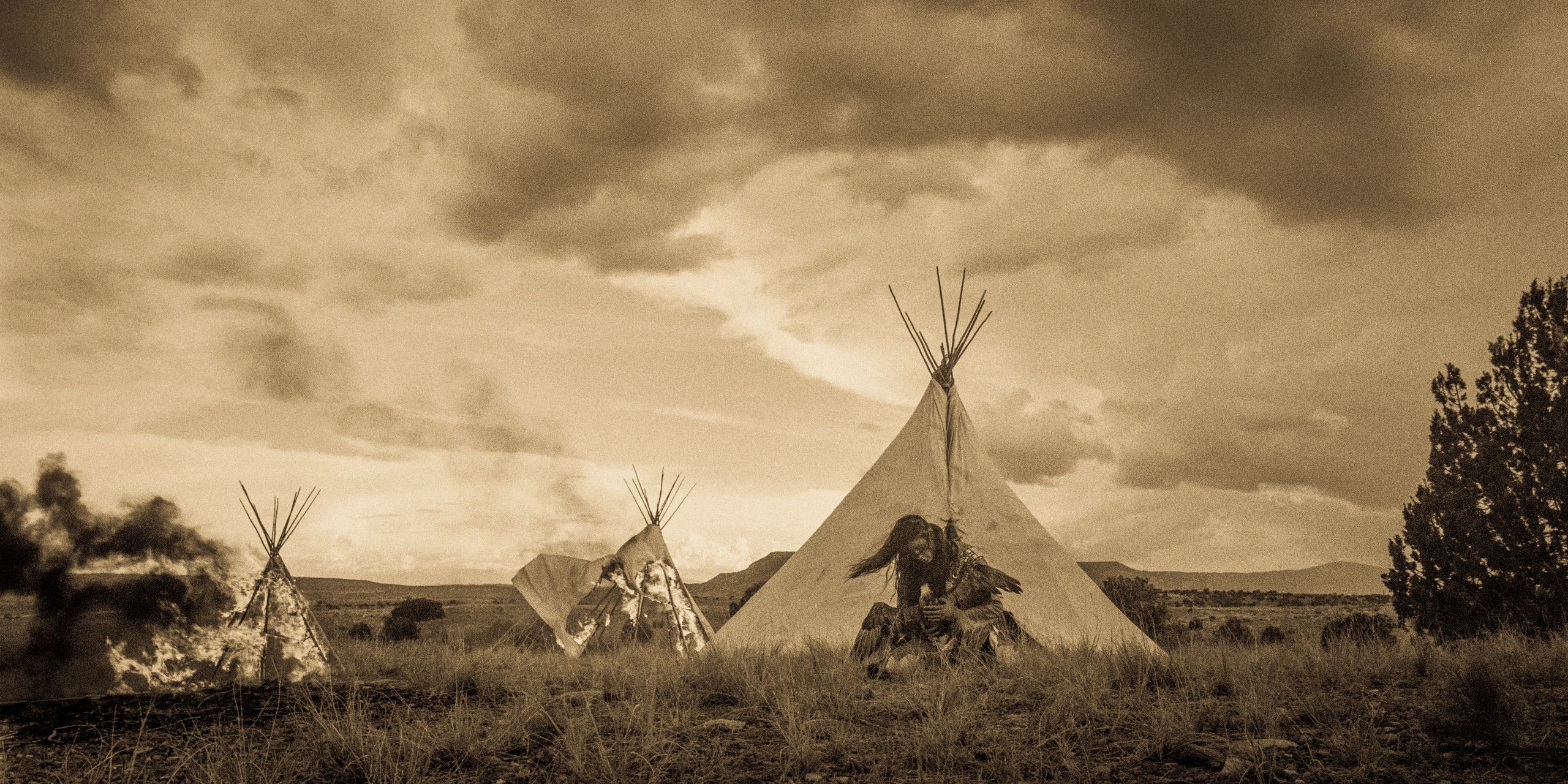
We Are Still Here, No Spiritual Surrender
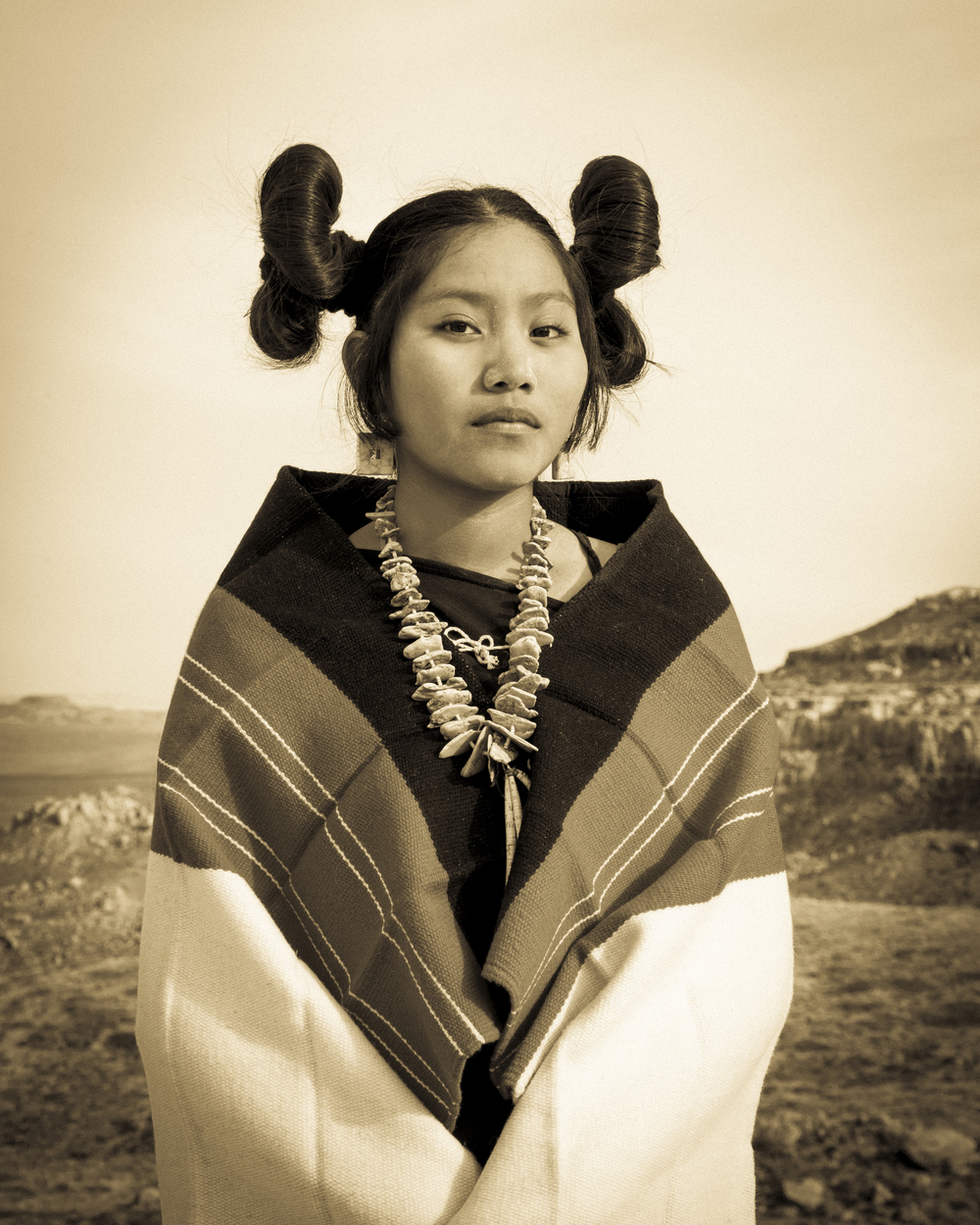
Hopi Maiden

Famous Shoes
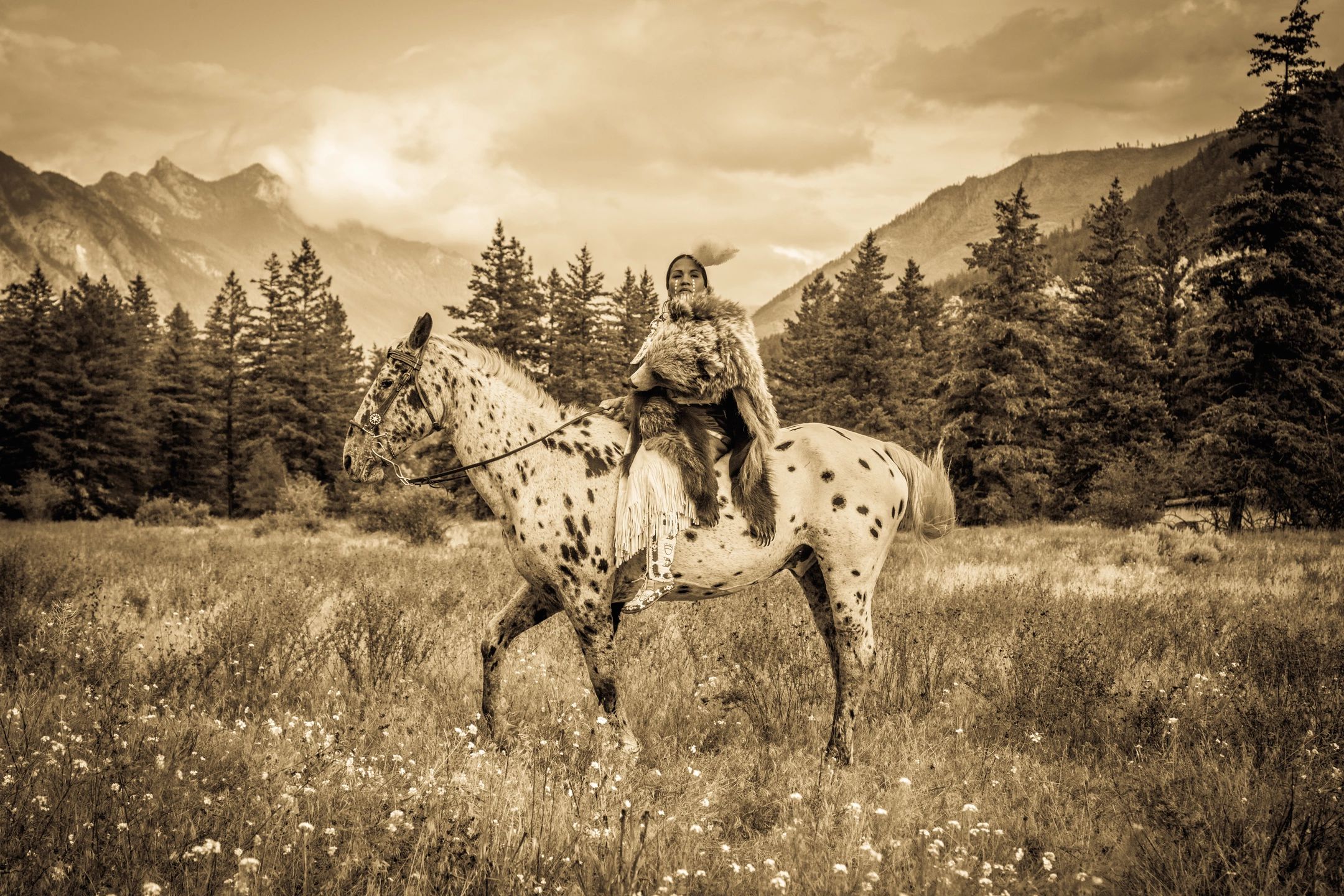
Bear Woman #2
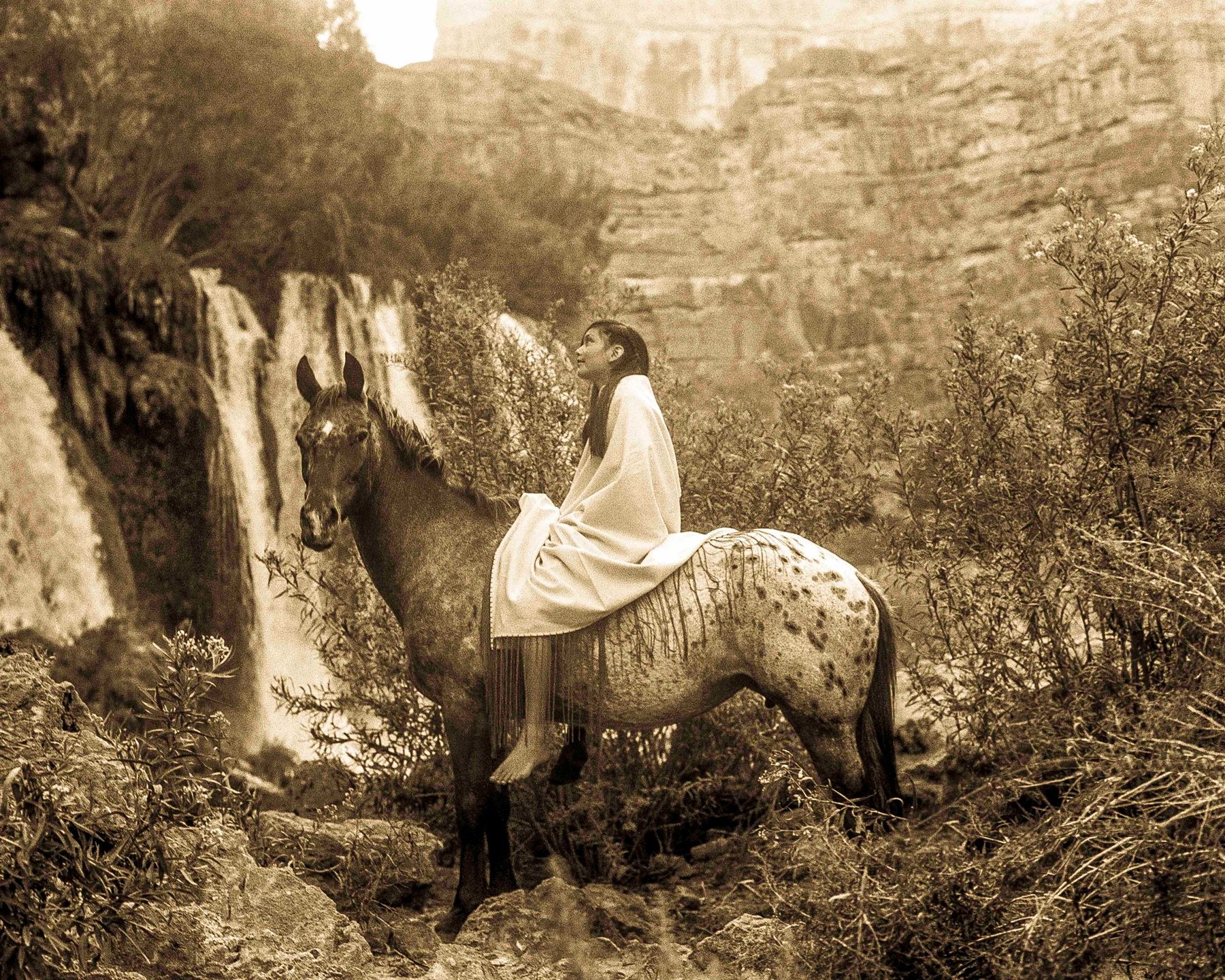
Bear Woman #1
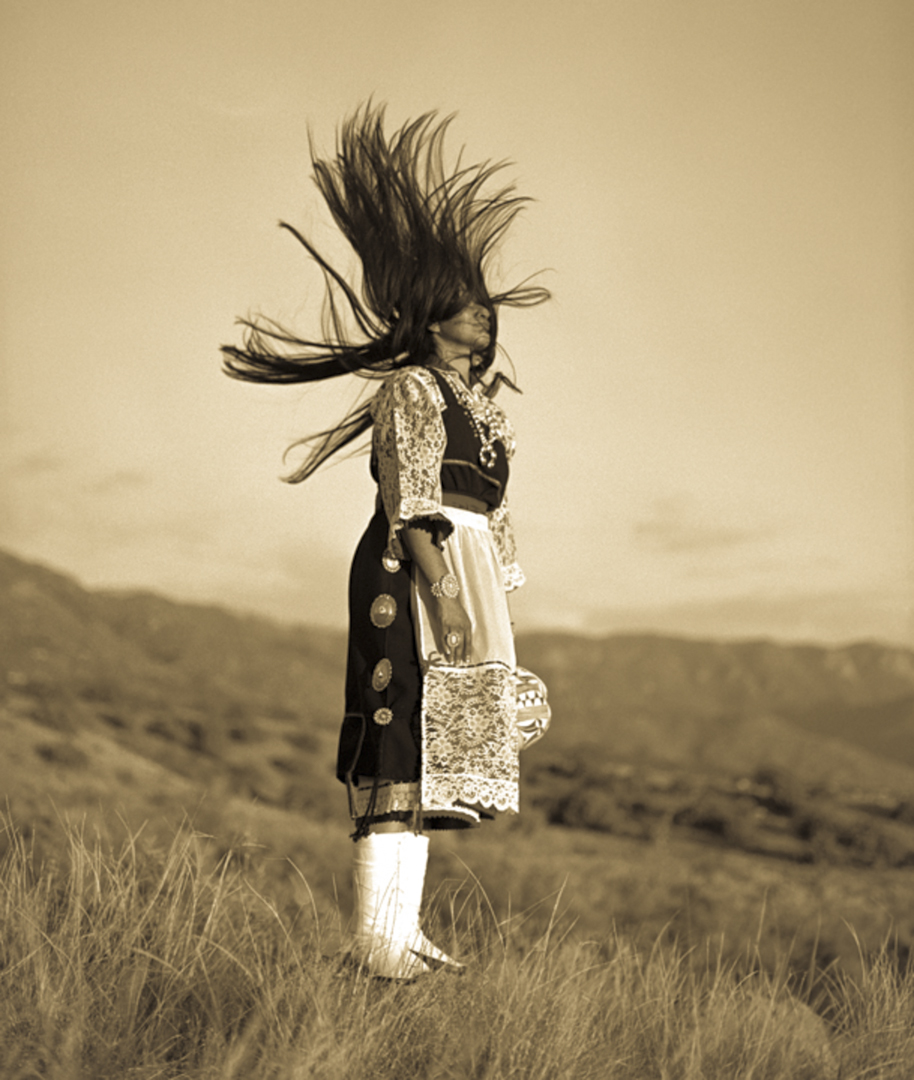
Forever Free with Wind In My Hair
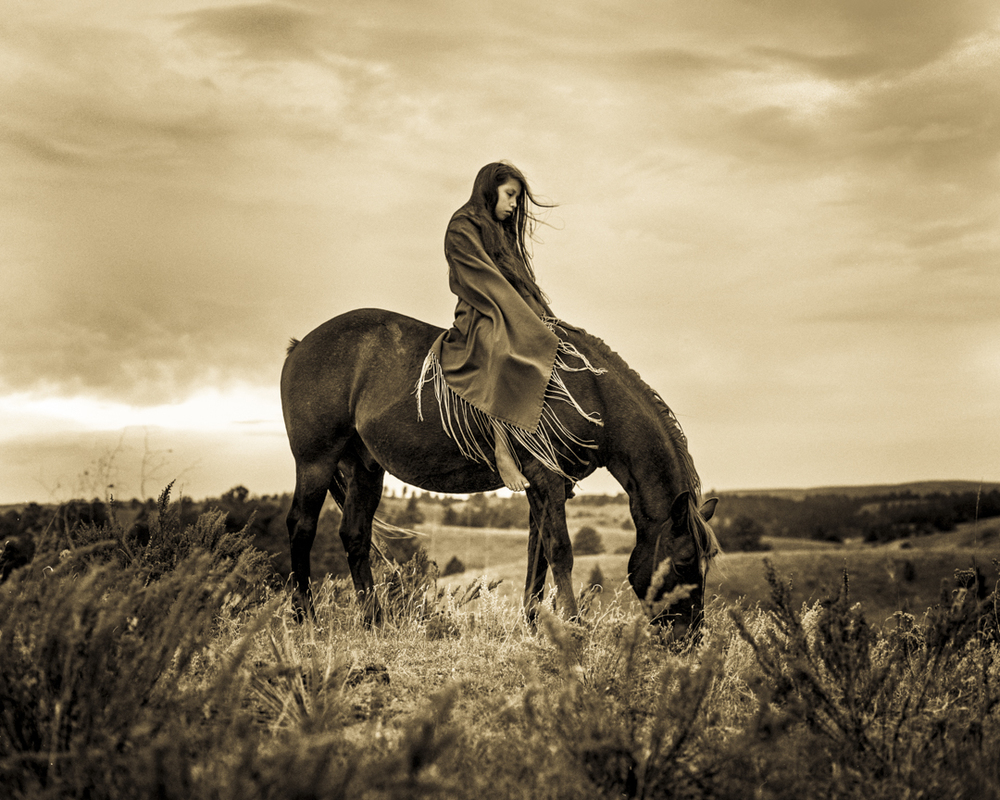
Horse Girl or The Loss
